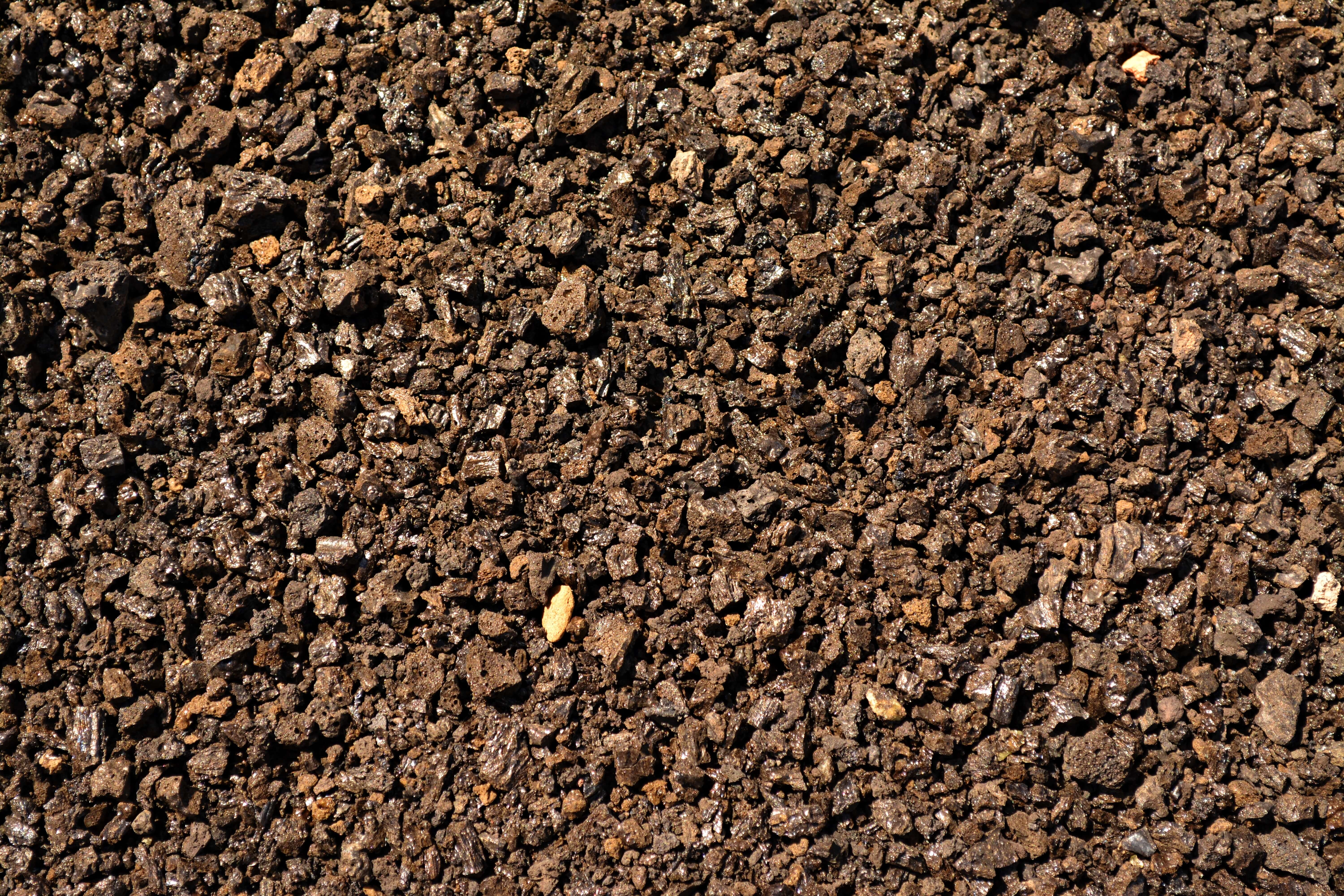In a significant step towards addressing climate change, Andes, a California-based carbon removal company, has publicly released the first-ever Microbial Carbon Mineralization (MCM) methodology. This innovative approach, developed in collaboration with leading experts and institutions, aims to transform how carbon is managed in agricultural soils.
A New Approach to Carbon Removal
The MCM methodology focuses on the generation of inorganic carbon within agricultural soils. It culminates years of research and collaboration between Andes, renowned academic institutions, USDA scientists, agricultural communities, and carbon market specialists.
Developed with EcoEngineers, a clean energy consulting firm, the methodology has been meticulously reviewed by experts in various fields, such as geochemistry, soil science, and environmental microbiology.
The approach involves direct soil sampling using a rigorous protocol and incorporates valuable insights from USDA experts. It’s designed to be transparent, accountable, and conservative, setting a new carbon dioxide removal (CDR) standard in open terrestrial systems.
A Collaborative Effort
Andes’ CEO and co-founder, Gonzalo Fuenzalida, expressed confidence in the methodology’s potential to pave the way for CDR companies to scale up sustainably. He emphasized the commitment to transparency and visibility in the methods used.
Shashi Menon, CEO of EcoEngineers, lauded Andes for spearheading the development of this breakthrough methodology, validating their cutting-edge technology.
The collaboration extends to researchers at Lawrence Livermore National Lab, Yale University, and the University of Texas at Austin, with plans to finalize a technical whitepaper and peer-reviewed paper shortly.
Validation and Future Plans
Currently under validation by Earthood, an accredited auditor, the methodology aligns with ISO 14064, an international carbon project quantification, monitoring, and reporting standard. This process will enable independent verification of Andes’ carbon removal activities.
Andes intends to continue refining and updating the methodology, ensuring it remains aligned with the best available science.
Photo by Ermelinda Martín on Unsplash


